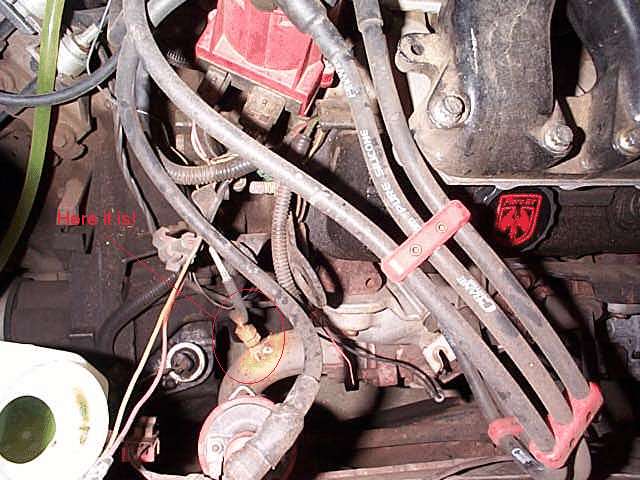A couple of questions before an answer. First, where are you measuring the temps at? The further downstream from the valves you are, the cooler the temps will be. Second, at what state do you want to measure it? When you accelerate, you go rich and the temps will fall, then begin to rise. When you decelerate you go lean and the fall, and fall quickly.
In airplanes, we have adjustable mixture. Most complex aircraft have EGT's, many one probe per cylinder. When you reach cruise altitude, you lean the engine. It's generally accepted that the peak EGT is the most efficient point at which to operate. That's not always true though as some engine are designed to run 50 to 100 degrees LEAN of peak. Typically, though, the engines are run at 50 to 100 degrees rich of peak to allow for variations between cylinders, unless the aircraft is equipped with a multi probe EGT where the lean cylinder can be identified.
Now, back to your question, what's a normal range? In aircraft, most have maximum limits of something around 1600°F. The engines that have a maximum limitation like that are typically turbocharged and that limit is the TIT, or Turbine Inlet Temperature, and is well downstream of the exhaust valves.
In watching EGT's over the years, it's not uncommon to see 1200° on a single probe unit and many aircraft owners get pretty nervous if the temps get over about 1300°. Don't forget though that the vast majority of these engines are air cooled and fairly intolerant of high temperatures, particular in the Cylinder head area. For that temperature, anything over 400°F at the temperature probe location is considered pretty darn hot, and the cure to that is to richen the mixture and cool it down.
You can expect a modern auto engine to run very high EGT's because of the computer mixture controls keeping the engine very close to it's proper mixture. An EGT can be a really useful tool in the dyno room, but of limited usefulness on the car. I do have one on my diesel service truck and it typically runs aroun 800° but on acceleration can get to 1100°. That's naturally aspirated and with a tweaked pump and intake system.
John Stricker
| | | quote | Originally posted by DaRkLoRD:
what's the typical range for the temperature of the exhaust gases? how much hotter does it get if the engine is running lean?thanks! |
|



















 Just got done donating blood, I will reread this later to see if it confuses me as well, and reserve the right to correct myself.
Just got done donating blood, I will reread this later to see if it confuses me as well, and reserve the right to correct myself.